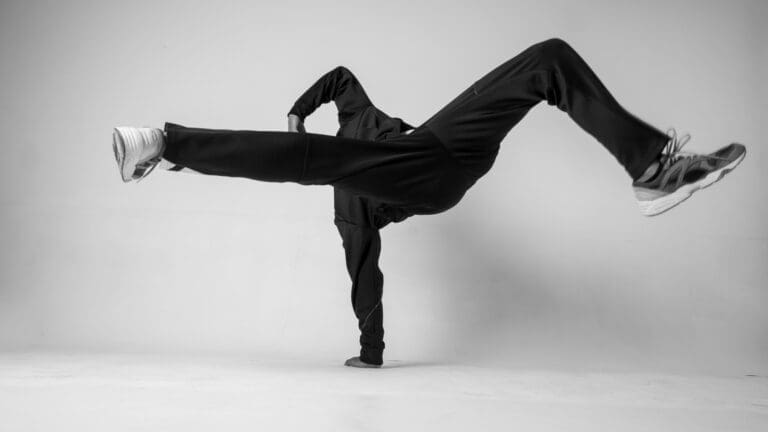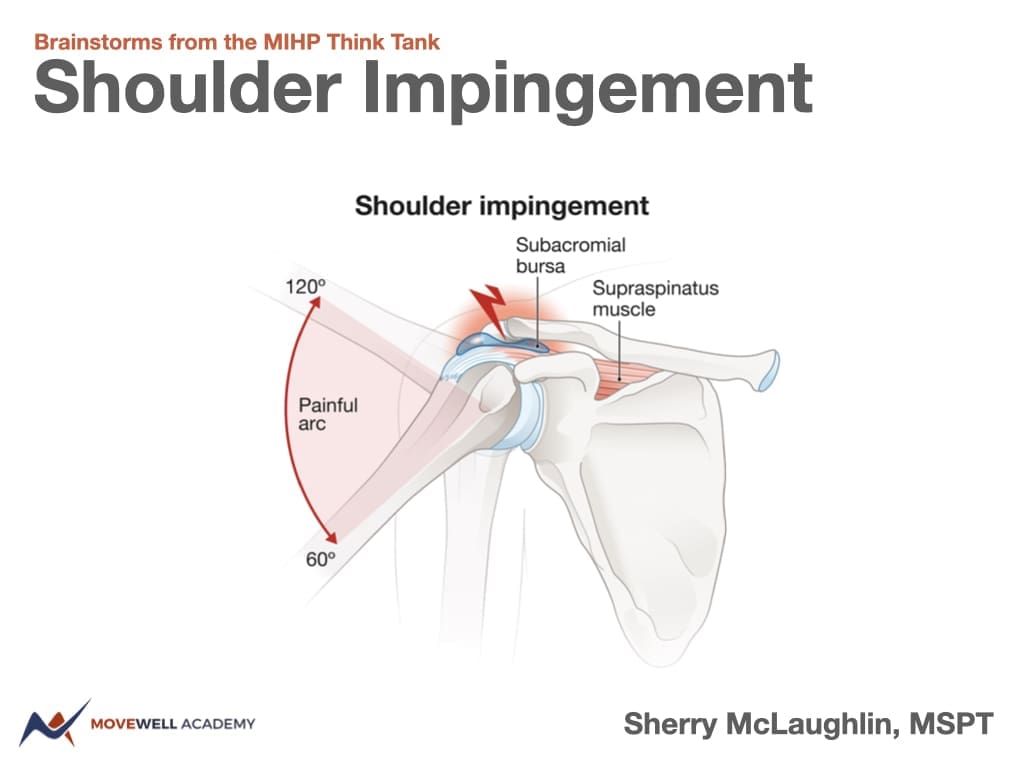Muscle minute Tuesday – Meet the Piriformis

There are some muscles that get mentioned a lot, like 6.1 million times if you Google this muscle. Most muscles are talked about when they get injured. You’ve heard of hamstring and quadricep strains.
But the piriformis is different. It often gets mentioned because it is the cause of pain. It is intimately positioned on top of the sciatic nerve and chronic shortening of this muscle is one of the most common causes of sciatica. Let’s take a closer look:
| Origin | anterior sacrum (2, 3, 4 costotransverse bars) |
| Insertion | superior greater trochanter |
| Action | Externally rotates and stabilizes the hip Abducts hip when hip is flexed 60˚ Internally rotates the hip when hip is flexed >90˚ |
| Innervation | Anterior primary rami n. (L5, S1, S2) |
| Antagonists | Gluteus medius, gluteus minimus, TFL |
The Real World Piriformis
Wait. This muscle does all of that?! Because of its origin on the superior greater trochanter of the femur, the piriformis changes its line of pull, and therefore its action, based on the angle of the hip. But its primary role, like most deep muscles of the body, is stabilization. Not movement.
We get into trouble when the piriformis becomes overactive due to weakness of some prime movers of the hip: gluteus maximus and gluteus medius. And if it is overactive, it becomes tight, potentially compressing the sciatic nerve.
You could stretch it, but the smarter way of dealing with this tight muscle is waking up the glutes in positions where the piriformis is NOT active. Oh, the geek in me is rising to the surface. I could talk about this muscle for hours (and I have in my seminar, The Overactive Piriformis.) But for now, here’s a short list of what you can do in the real world to offset an overactive piriformis:
- Strengthen the gluteus maximus by working your hip in the sagittal plane (walking lunges, hip hinging, RDLs). The form matters. If your knee falls inside of your second toe or your pelvis rotates away from your standing leg, you will activate the piriformis instead)
- Strengthen the gluteus medius with your hip in extension (mini-band lateral step, side plank). If you squat down and do the mini-band lateral step, you may be activating the piriformis instead of the gluteus medius because the piriformis activates
- If you do the clamshell (hip external rotation) exercise, make sure your hips are bent to 90˚. At this point, the piriformis becomes an internal rotator and you won’t be working an already overactive muscle.
Conventional thinking says: Stretch the piriformis because it is tight.
Real World Thinking says: The piriformis is overactive due to weakness of the gluteal muscles. Activate those muscles in positions where the piriformis doesn’t work. And walk with your feet pointed straight ahead.
Your sciatic nerve will thank you. (Download this Think Tank for a quick reference, exercise ideas and video links to treat this muscle).
Because nobody has time to be in pain.
Until next time…

Kind Regards,
MoveWell Academy
[email protected]












 Daily Dozen Back Talk
Daily Dozen Back Talk 

